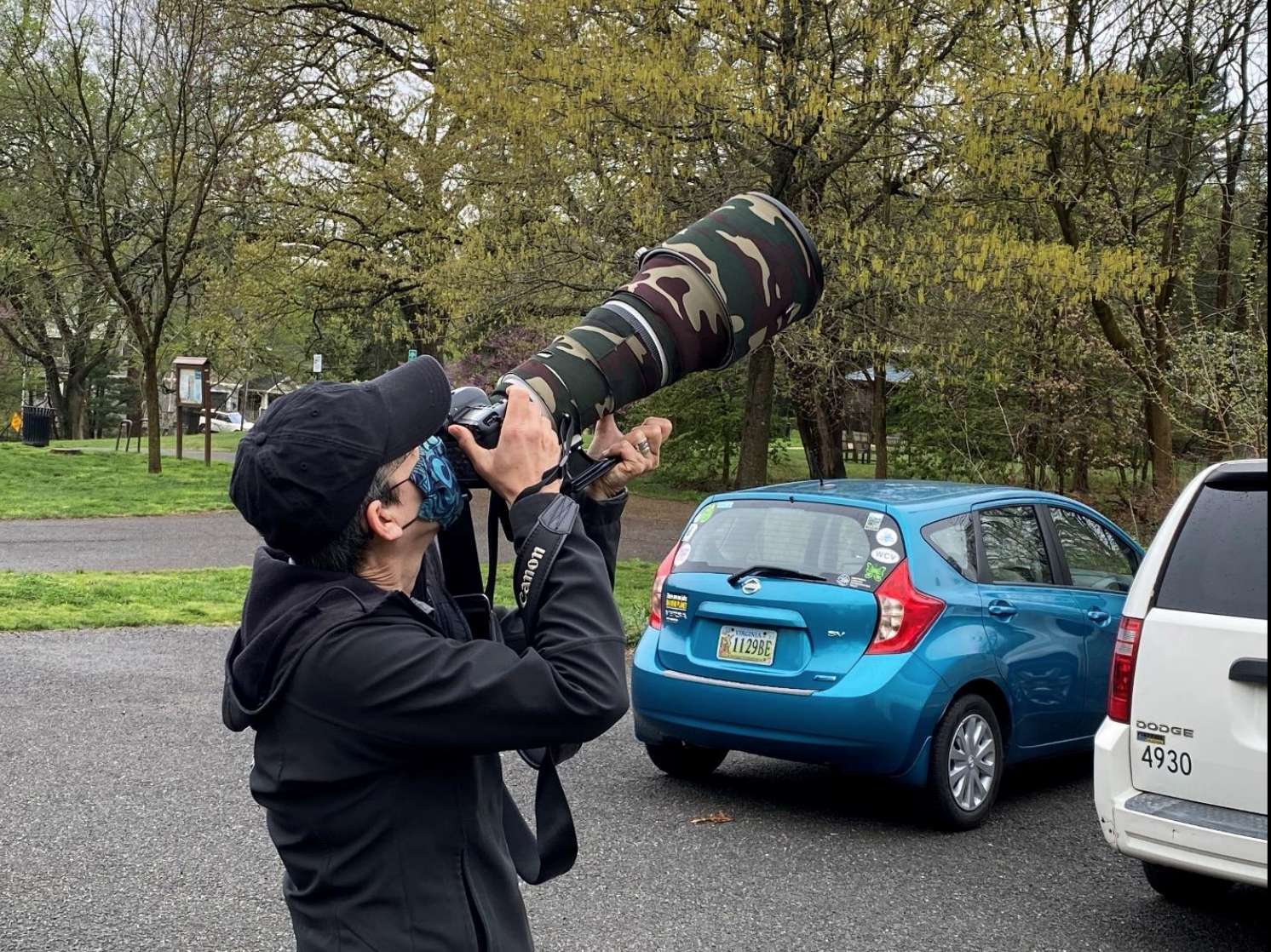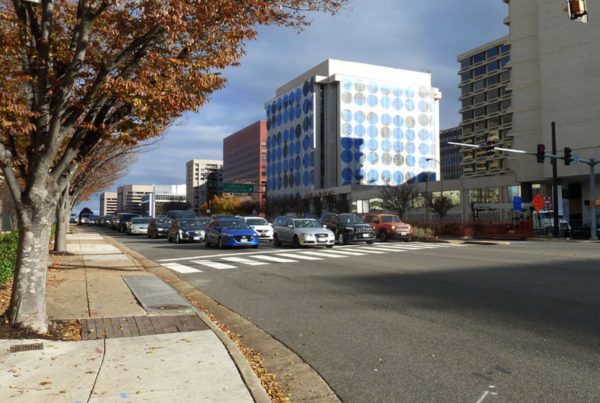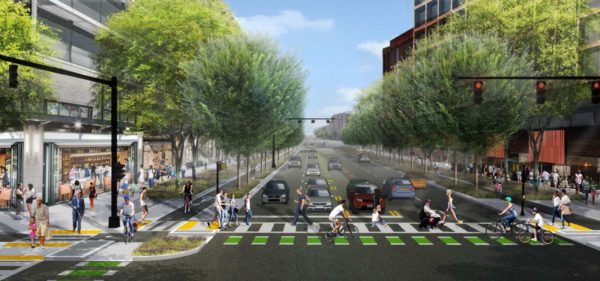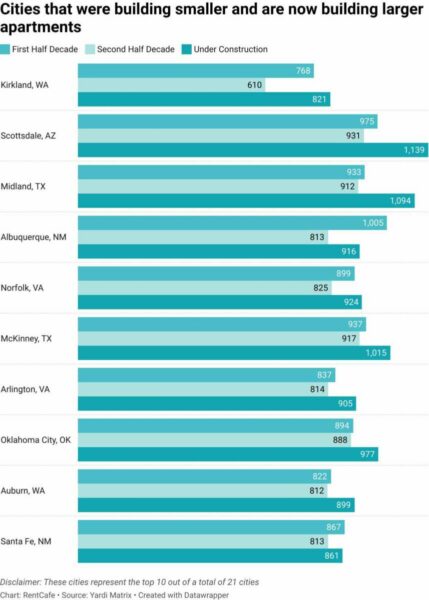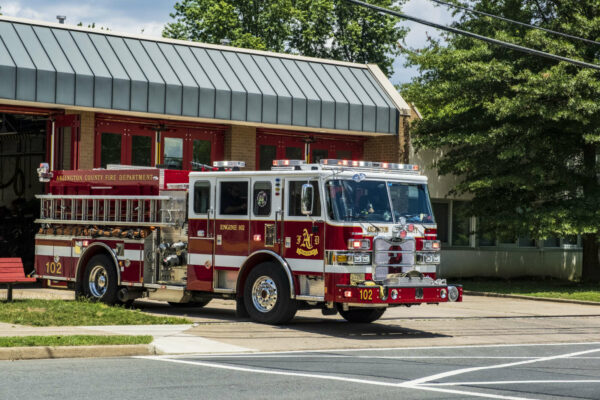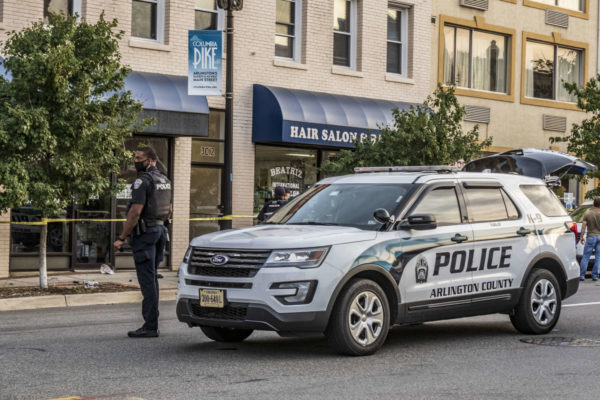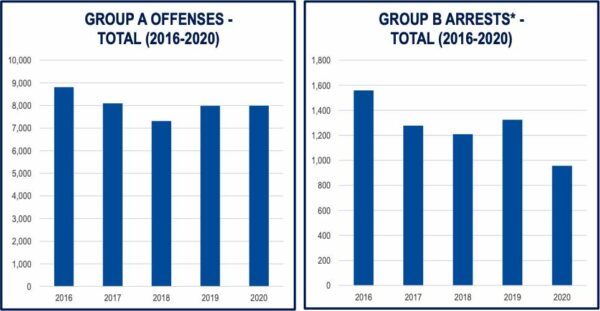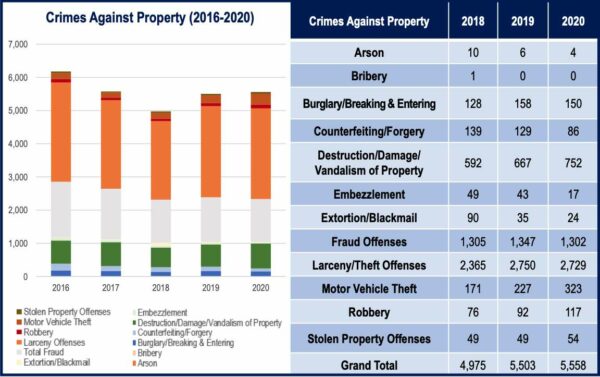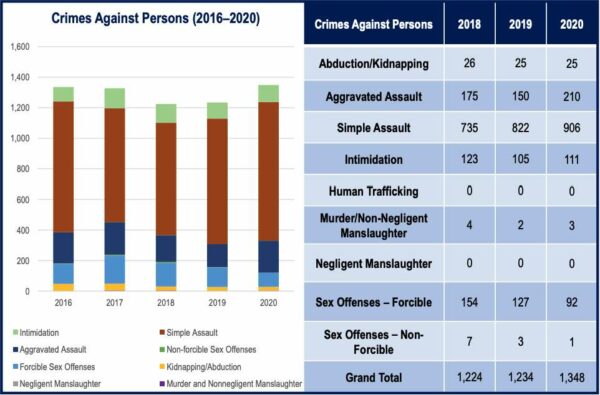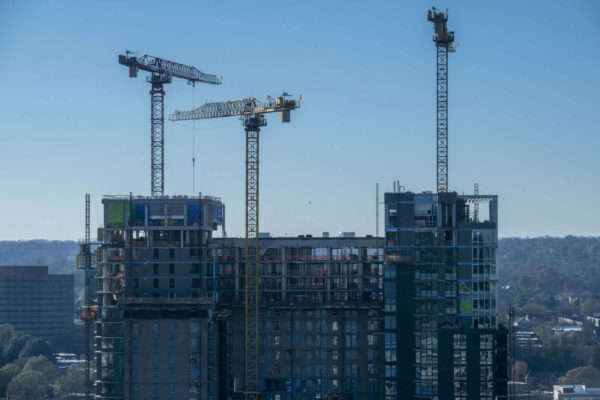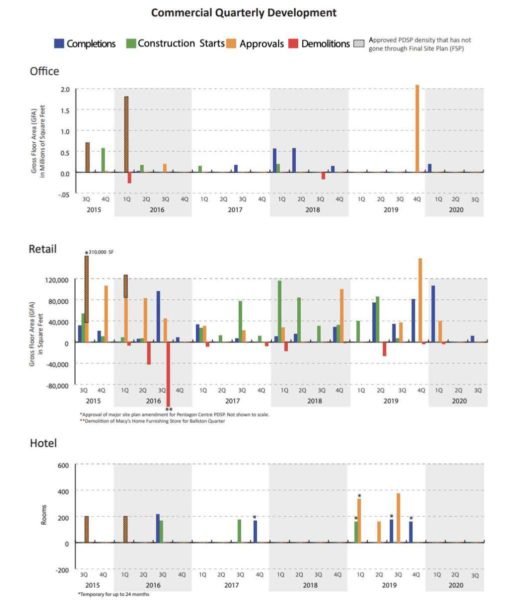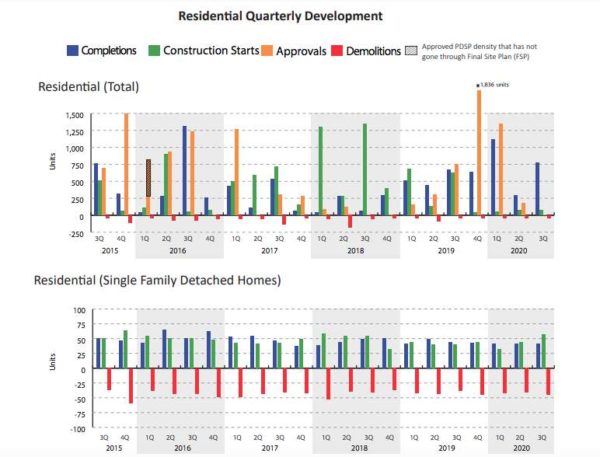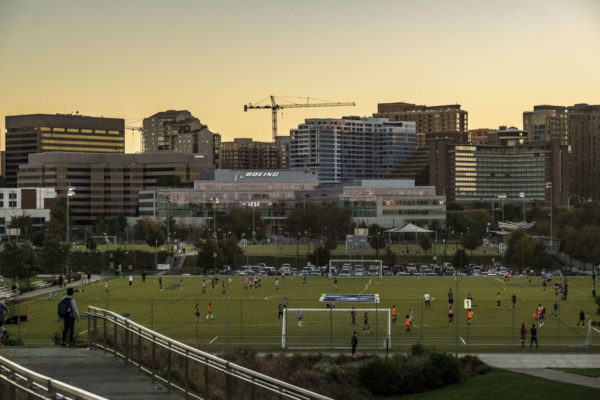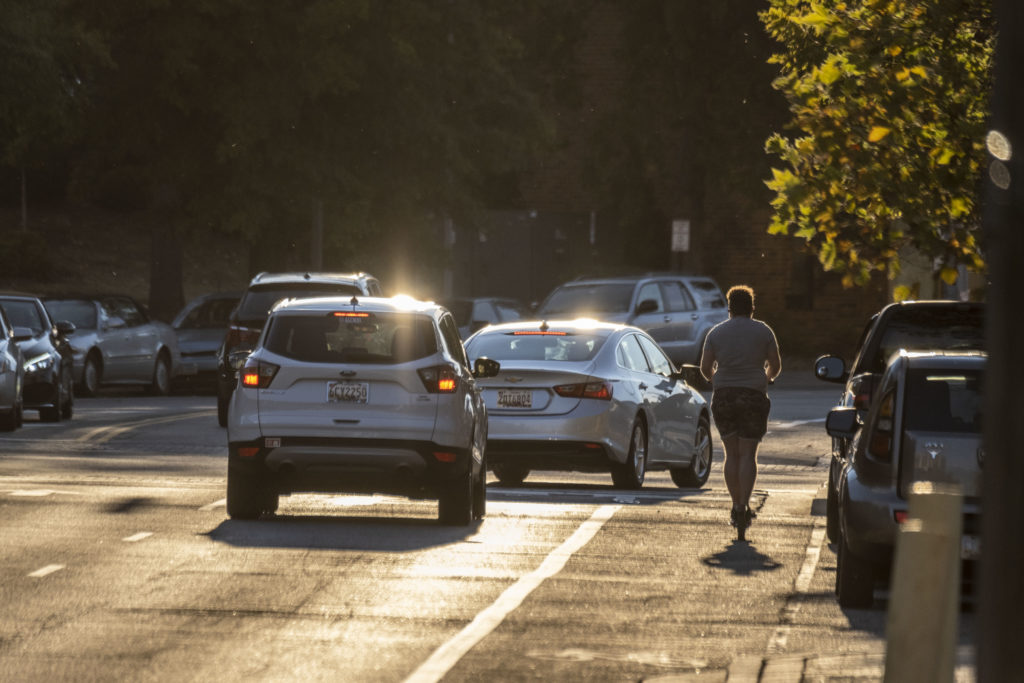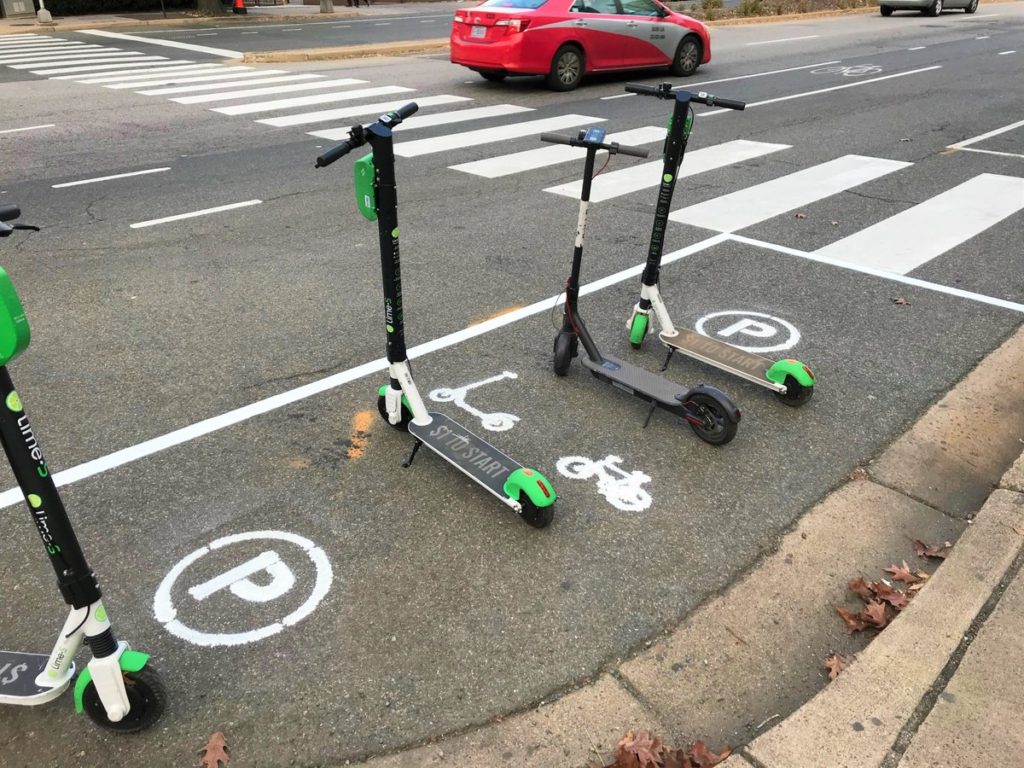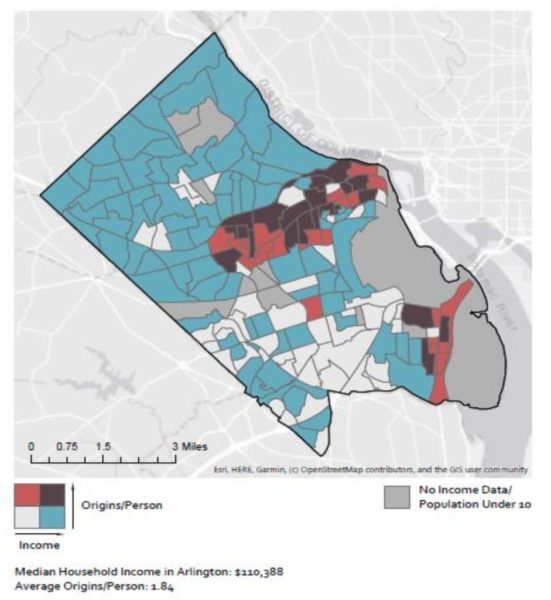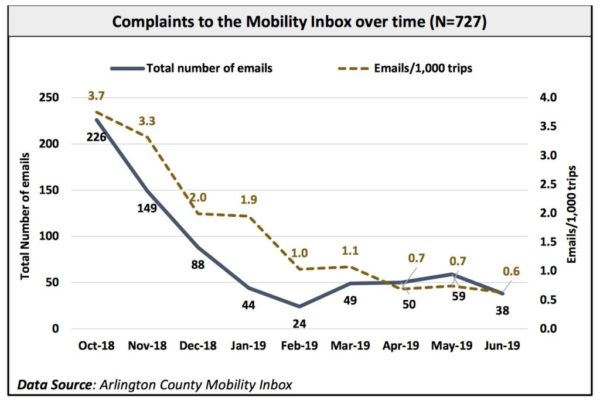Oh deer: Arlington officially has a white-tailed problem.
A study has found that some parts of Arlington have deer populations three to five times greater than what’s considered healthy.
Earlier this year, drones equipped with infrared technology — and permission from federal agencies — flew over Arlington to count the number of deer in the county. The result represents the first ever accurate measure of Arlington’s deer population, according to the county.
From April 8-12, drones registered and the independent firm Steward Green confirmed the presence of 290 deer in Arlington, according to the report. The firm recommends more “management” where populations are the highest and greater monitoring everywhere else.
Following the report’s release in the fall, the county intends to hire a consultant this winter who will determine what that management strategy should be.
While white-tailed deer can contribute to a region’s natural habitat, elevated populations impede the growth of young trees and hurt local flora and fauna, according to the report. They also pose problems for humans, such as vehicle collisions, which have trended down in Arlington since 2020 but are still common in Virginia.
“High deer densities… can lead to intolerable levels of damage to native ecosystems, crops, commercial and residential landscaping, as well as increased safety concerns from deer-vehicle collisions and tick-borne illnesses,” said the report, released this fall.
Deer populations countywide exceed what the land can support, the report says.
“All the areas surveyed in this study have a deer density that is likely beyond the threshold of carrying capacity, have intensified invasive flora, have depleted habitat for (tick eating) ground nesting birds (oven birds, etc.)… and have possible starvation/disease for the deer,” the report said.
Wildlife biologists, ecologists and environmental professionals consider five to 15 deer per square mile to be “healthy,” according to the report. The consultants recommend suburban areas aim for 10 deer per square mile. Arlington has a total of 26 square miles, including both urban and wooded areas.
North Arlington, neighborhoods along the western edge of the county and neighborhoods southwest of Arlington National Cemetery had the highest deer populations, according to the study.
In the following sections, which correspond with the map below, densities ranged between 20 and 39 deer per square mile.
Section G, which includes Army Navy Country Club and is bounded by Arlington National Cemetery, Arlington Blvd and I-395, had 20 deer per square mile.
Section D, which includes the neighborhoods near Bluemont Park and Upton Hill Regional Park and is bounded by the western county edge, I-66 and Arlington Blvd, had 28 deer per square mile.
Section A, which includes the neighborhoods of North Arlington near Marymount University, Potomac Overlook Regional Park and Donaldson Run and is bounded by Langston Blvd and Old Dominion Drive, had 33 deer per square mile.
Section F, which includes neighborhoods north of Columbia Pike near the county’s western border, had 39 deer per square mile.

The consultant says the 290 figure is likely conservative because of the “challenges of daytime collection,” and recommended future counts obtain clearance to fly at night. The drone had to dodge low-flying helicopters and airplanes and had unclear readings due to the presence of competing heat sources.



